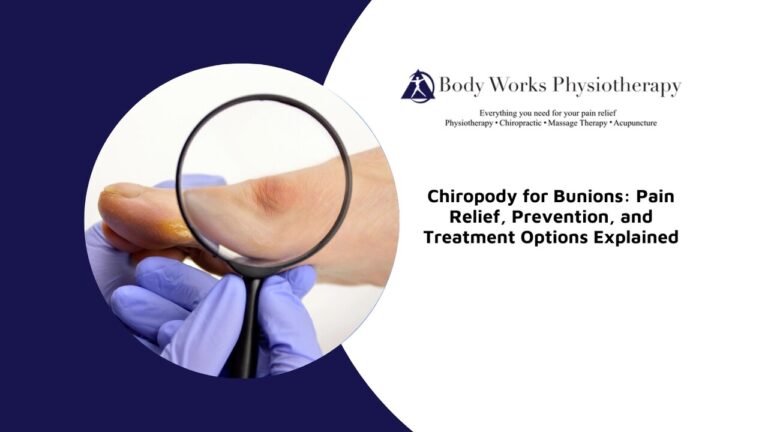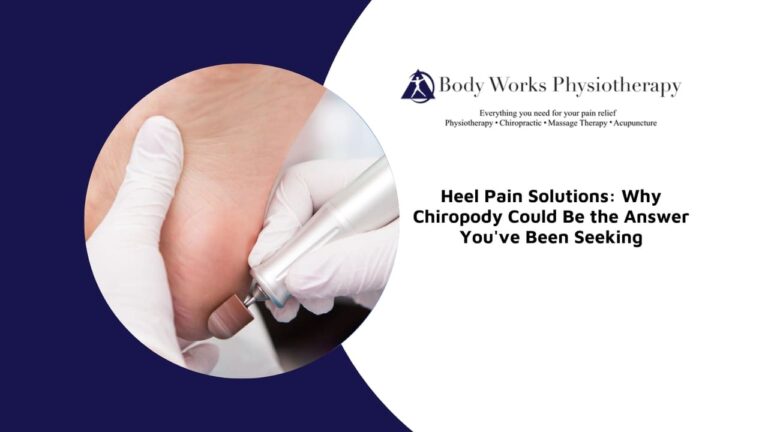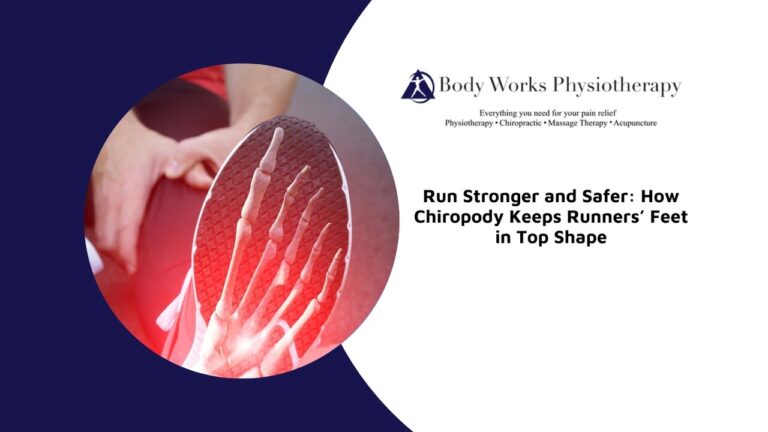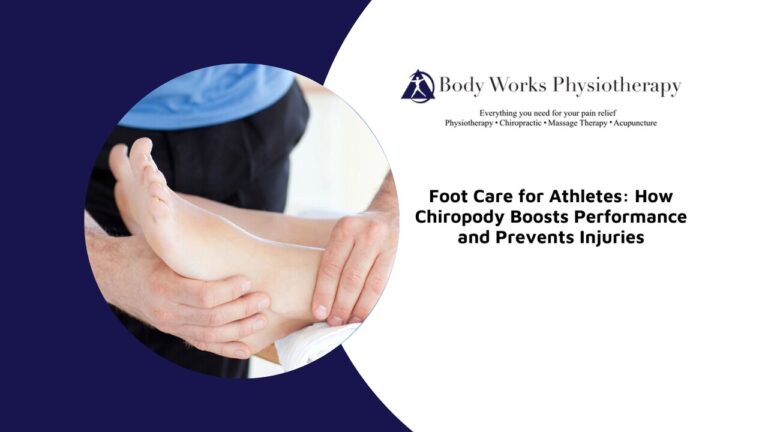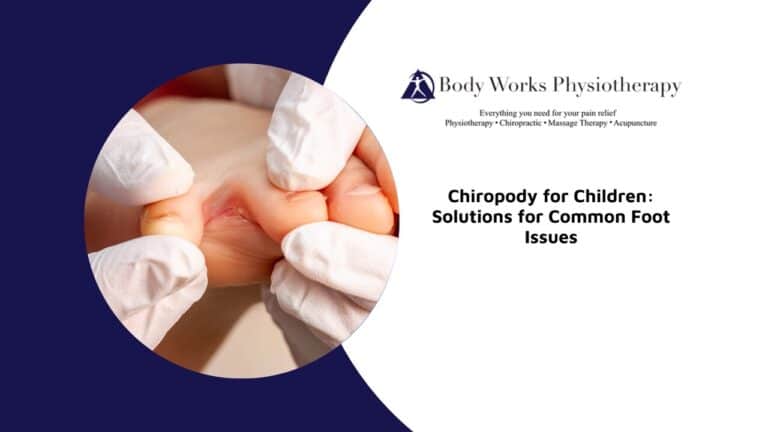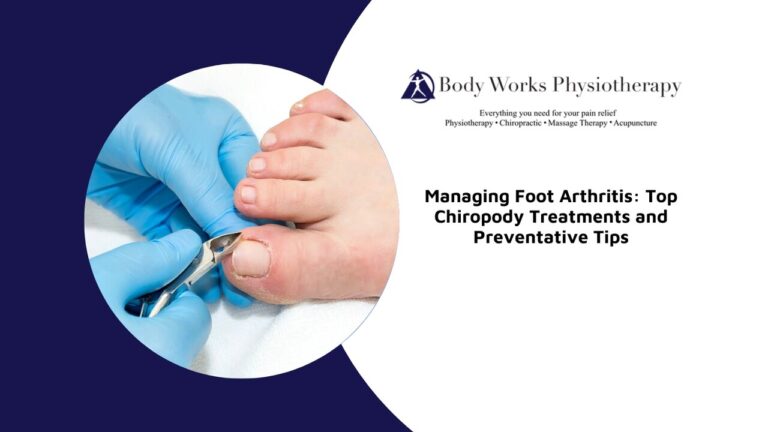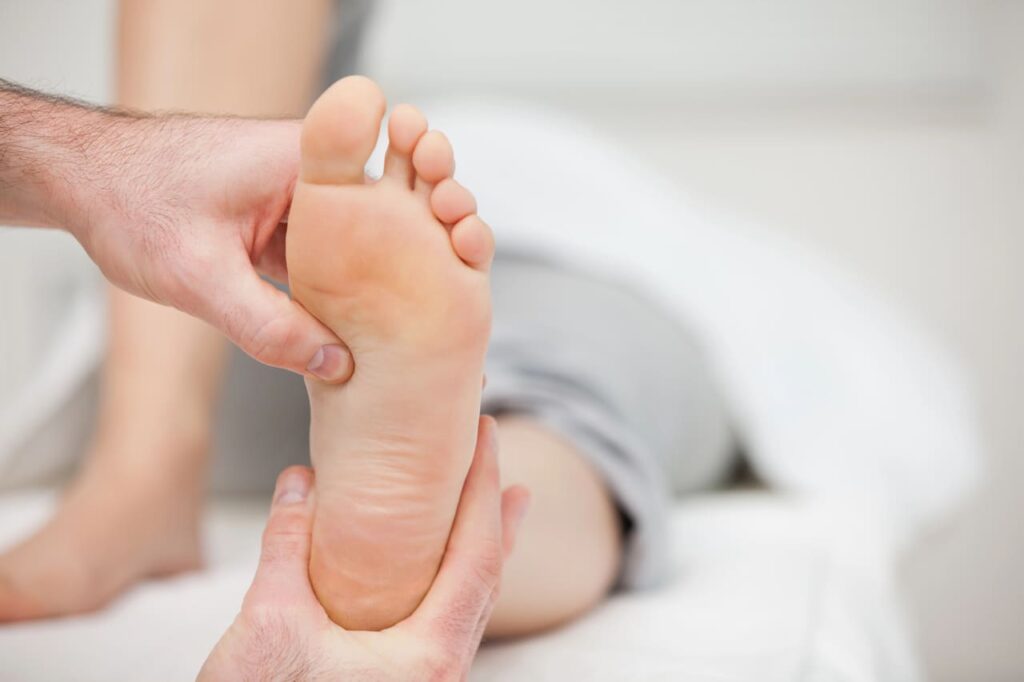
Flat feet can have a wide-ranging impact on your posture, joint health, and daily comfort. While some people experience only mild discomfort, others develop chronic issues that affect their ability to walk, stand, or remain active for long periods. Chiropody offers a dedicated approach to managing flat feet by addressing both symptoms and underlying structural issues. Whether you’re experiencing foot fatigue, alignment problems, or related joint pain, chiropodists provide personalized assessments and treatment strategies to help restore balance and function from the ground up.
Understanding Chiropody for Flat Feet
Flat feet, or fallen arches, can affect posture, movement, and comfort during daily activities. Chiropody, the specialized care of the feet and lower limbs, plays a vital role in assessing and treating this condition to help people regain comfort and mobility.
Chiropodists provide targeted care for flat feet by examining the structure and function of the foot. Their goal is to reduce pain, correct biomechanical issues, and prevent long-term complications. Treatment often includes custom orthotics, strengthening exercises, footwear recommendations, and lifestyle advice. Each plan is tailored to the individual’s foot shape, gait, and overall health needs.
By addressing both the symptoms and their root causes, chiropody helps people walk more comfortably and avoid further strain on the body.
Common Symptoms of Flat Feet That Chiropodists Treat
Flat feet can lead to a range of discomforts, many of which extend beyond the feet themselves. Recognizing these symptoms early is essential for effective treatment.
Here are the most common issues chiropodists help manage:
- Foot Pain or Tenderness: Especially around the arch, heel, or inner ankle, often made worse by standing or walking.
- Fatigue and Muscle Tiredness: Feet may feel tired or achy after short periods of activity due to lack of proper support.
- Swelling in the Lower Limbs: Inflammation can develop around the feet or ankles from excessive strain.
- Pain in the Knees, Hips, or Lower Back: Poor foot alignment often leads to biomechanical changes that affect the joints higher up the kinetic chain.
Chiropodists work not only to relieve these symptoms but also to address the structural imbalances that cause them, helping people improve comfort and function in the long term.
How Chiropodists Assess Flat Feet
Before treatment begins, a thorough assessment is key to understanding the nature and severity of flat feet. Chiropodists use both clinical evaluation and movement analysis to guide care.
Here’s what a typical assessment includes:
- Medical History and Symptom Review: The chiropodist will discuss any pain, discomfort, or mobility issues you’re experiencing.
- Physical Foot Examination: They’ll check the arches, heel position, joint flexibility, and look for any visible abnormalities or pressure points.
- Gait Analysis: Observing how you walk helps identify irregular movement patterns, such as overpronation, that may contribute to discomfort.
- Optional Imaging (if needed): In more complex cases, X-rays or other imaging tools may be used to assess joint structure and rule out related conditions.
This detailed evaluation forms the foundation of a personalized treatment plan designed to correct alignment, reduce strain, and restore optimal foot function.
Treatments Chiropodists Recommend for Managing Flat Feet
Chiropodists take a multi-faceted approach when treating flat feet, addressing both the symptoms and the underlying biomechanical issues. Their goal is to support the foot, improve alignment, and reduce long-term strain on the lower body.
Recommended treatments may include:
- Custom Orthotics: These are tailored foot inserts designed to support the arch, improve alignment, and evenly distribute pressure across the foot.
- Stretching and Strengthening Exercises: Exercises help activate underused muscles in the foot and calf, improving stability and resilience.
- Footwear Modifications: Clients may be advised to wear shoes with proper arch support, firm heel counters, and cushioned soles to prevent excessive pronation.
- Lifestyle and Activity Advice: Adjusting standing or walking habits and managing body weight can also help minimize strain on the arches.
In more severe cases, chiropodists may refer people to other specialists for further evaluation or surgical consultation if conservative treatments prove insufficient.
The Role of Custom Orthotics in Managing Flat Feet
Custom orthotics are a central part of treating flat feet in chiropody. Unlike store-bought insoles, they are carefully moulded to match the exact shape and mechanics of your feet, making them far more effective in addressing your individual needs. One of the key benefits of custom orthotics is their ability to support the arch, providing the structural lift that flat feet typically lack. This support helps reduce strain and pain during activities like walking or standing for extended periods.
Orthotics also play a vital role in correcting foot alignment. By improving how the foot functions, they help promote better posture and reduce the stress placed on the ankles, knees, and hips. Another important function is pressure redistribution—orthotics spread weight more evenly across the sole, relieving stress on sensitive areas like the heel or forefoot. Over time, this leads to greater comfort and mobility in daily life.
When used consistently, custom orthotics not only ease symptoms but also help prevent further complications. For many individuals with flat feet, they are an essential tool in maintaining foot health and long-term physical function.
The Role of Chiropody in Preventing Complications Associated With Flat Feet
Flat feet that go unaddressed can lead to a number of secondary problems over time. Chiropodists help prevent these complications by intervening early and managing contributing risk factors.
Here are some issues that proactive chiropody can help prevent:
- Overpronation and Instability: Left untreated, flat feet can worsen abnormal gait patterns that place stress on joints and soft tissues.
- Plantar Fasciitis: Collapsed arches often cause the plantar fascia to overstretch, leading to inflammation and heel pain.
- Shin Splints and Tendonitis: Muscle fatigue and poor alignment can irritate surrounding structures in the legs and ankles.
- Bunions and Joint Stress: Flat feet may alter foot shape over time, increasing pressure on the toes and midfoot.
Chiropodists help mitigate these risks by offering targeted treatments, preventive advice, and regular check-ins to track changes and progress.
Your First Chiropody Appointment for Flat Feet: What to Expect
Starting treatment for flat feet can feel overwhelming, but your first chiropody appointment is designed to be clear, informative, and supportive.
Here’s what typically happens during the initial visit:
- Medical History Review: The chiropodist will ask about your symptoms, health background, and daily activities that may impact your feet.
- Foot and Gait Assessment: A detailed exam of your feet—along with a walking analysis—helps identify alignment issues and pressure points.
- Treatment Plan Discussion: You may receive custom orthotic recommendations, stretching routines, and footwear advice based on your evaluation.
- Next Steps: The chiropodist will outline a clear care plan, including timelines for follow-up, home exercises, or any additional referrals if needed.
By the end of your first visit, you’ll have a better understanding of your condition and a concrete plan to manage your flat feet and improve your long-term mobility.
Walk Without Pain, Walk With Confidence
Flat feet may seem like a simple issue, but if left unmanaged, they can lead to persistent pain and long-term complications throughout the body. The good news is that with dedicated care, many of these challenges can be addressed early and effectively. Chiropody offers a proactive, supportive approach—focusing on your individual biomechanics, mobility, and comfort. Whether you’re just beginning to notice symptoms or have been living with flat feet for years, the right intervention can make all the difference. Reach out to Body Works Physiotherapy in Scarborough to take the first step toward better foot health and long-term mobility.

